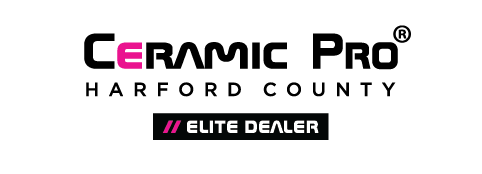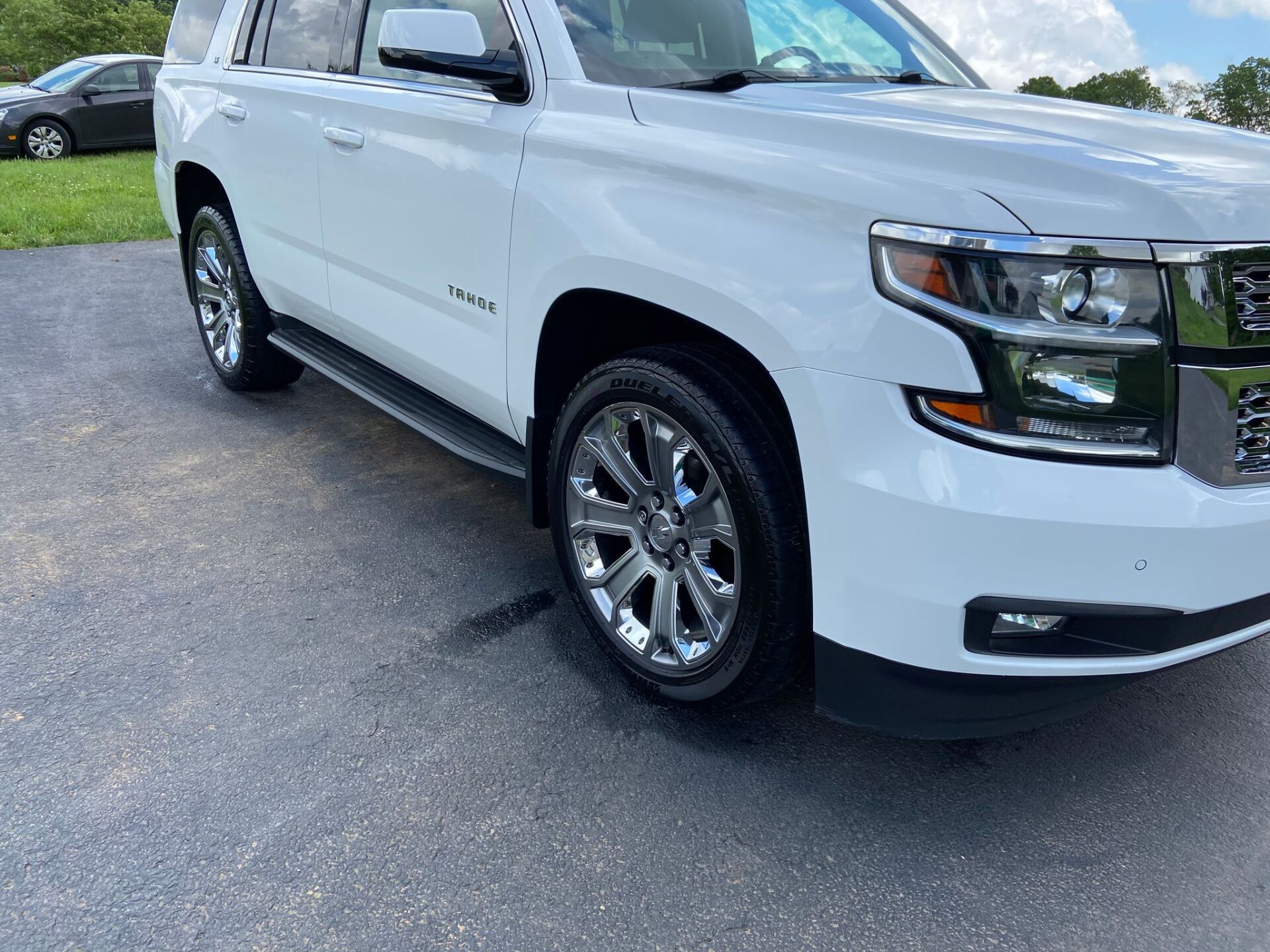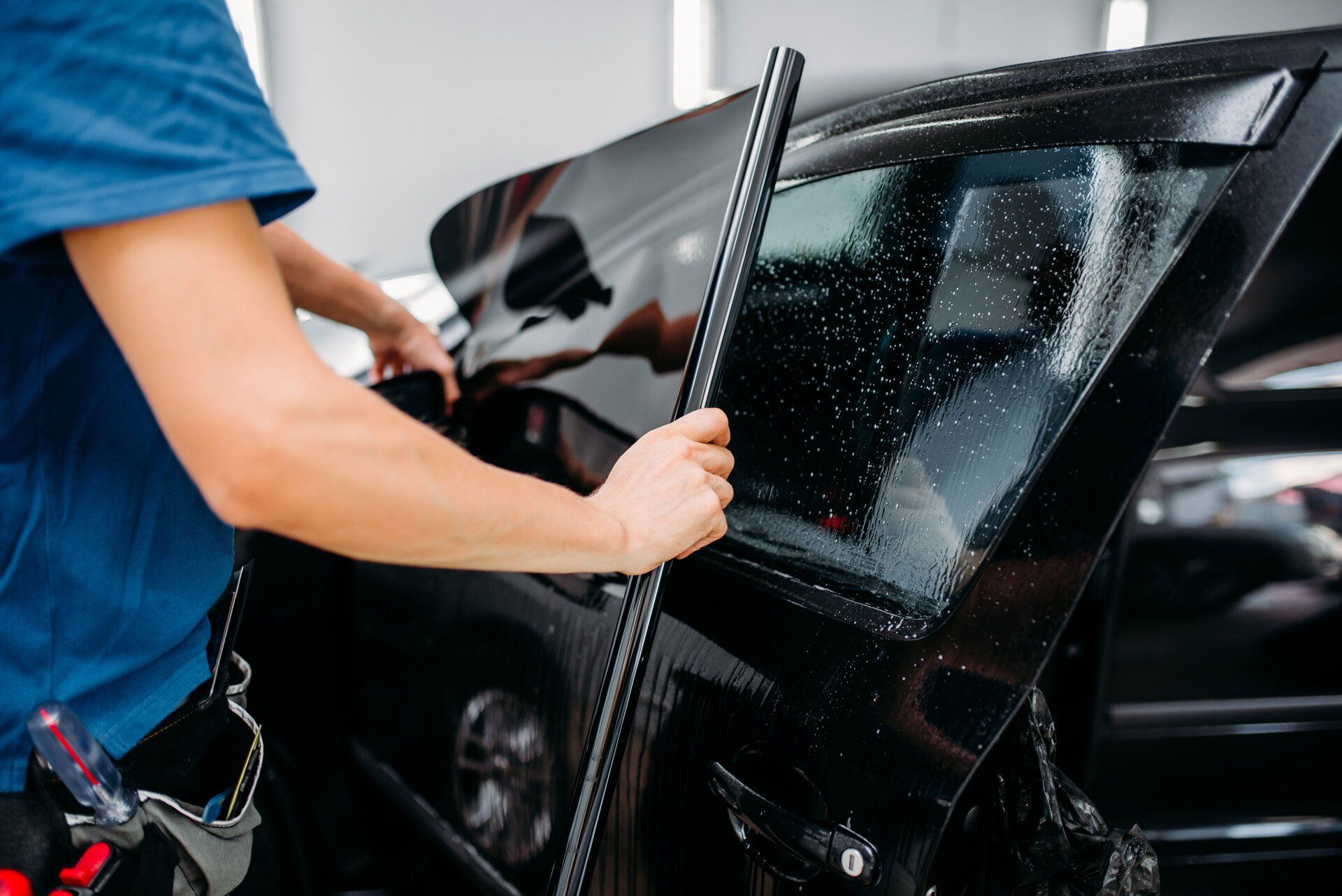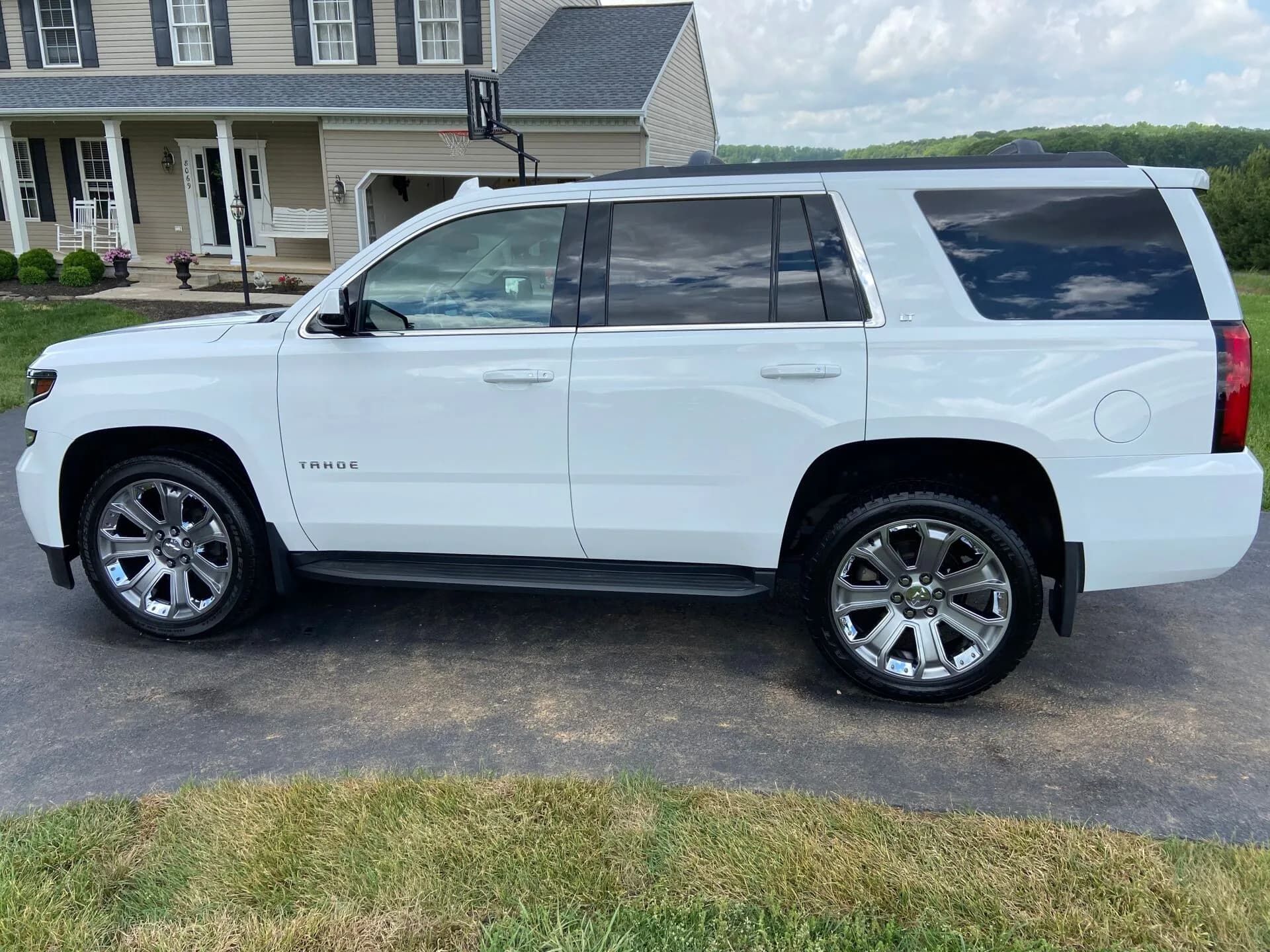Paint Protection Film Installation: What to Expect During the Process
CALL (443) 364-8659
Getting paint protection film installation for your vehicle feels like a big decision—and it should. You're investing in long-term paint protection that can preserve your car's appearance and resale value for years to come. But what actually happens during the installation process? Understanding each step helps you prepare properly and know what to expect from start to finish.
Many vehicle owners feel nervous about their first PPF installation, especially when dealing with new or high-value cars. The good news is that professional paint protection film installation follows a systematic process designed to protect your vehicle while delivering flawless results. From initial assessment to final inspection, each step serves a specific purpose in ensuring your film looks invisible and performs perfectly.
At Kleen Whips Auto Detailing, we've completed countless PPF installations across Maryland, and we understand the questions customers have about this process. Whether you're protecting a new luxury vehicle or adding PPF to high-impact areas on your daily driver, knowing what happens during installation helps you make informed decisions and properly prepare your vehicle.
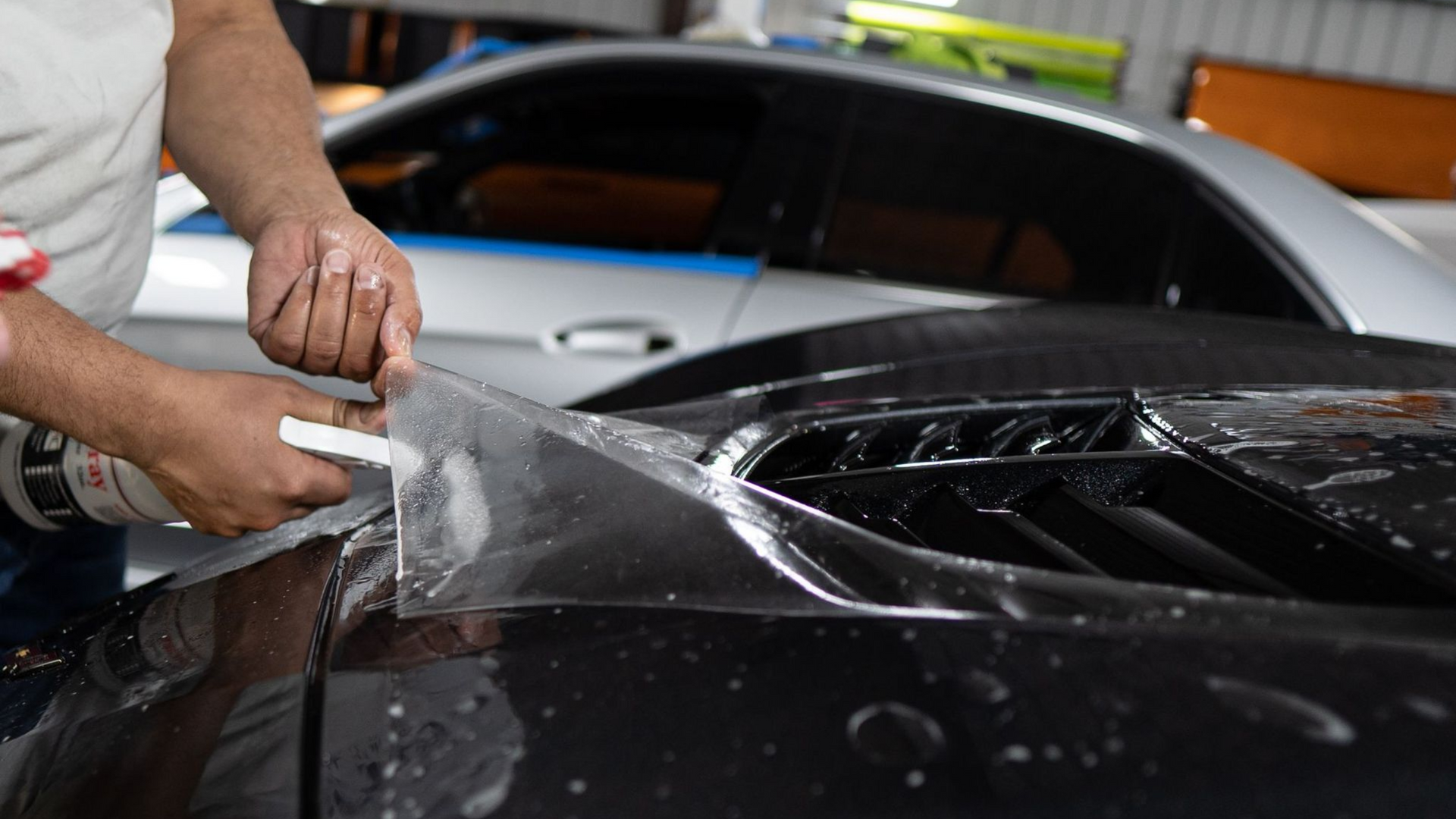
Pre-Installation Assessment and Preparation
Vehicle Inspection and Planning
The paint protection film installation process begins well before any film touches your car. Professional installers start with a thorough vehicle inspection, examining paint condition, identifying problem areas, and determining the best approach for your specific vehicle and coverage goals.
During this assessment, installers check for existing paint damage, swirl marks, or imperfections that might affect film adhesion. They also measure panels and plan the installation sequence to minimize seams and ensure optimal coverage. This planning phase determines how much time your installation will require and whether any additional preparation work is needed.
The inspection also includes discussing your protection goals and lifestyle needs. Different vehicles and driving patterns require different approaches to PPF coverage, and professional installers can recommend the most effective areas to protect based on your specific situation.
Surface Preparation Requirements
Proper surface preparation makes the difference between good and excellent paint protection film installation results. The paint surface must be completely clean, free of contaminants, and properly prepared for film adhesion.
Surface preparation typically includes thorough washing, clay bar treatment to remove embedded contaminants, and paint correction if needed. Even new vehicles often require decontamination to remove dealer prep residue, transport film adhesive, or other substances that can interfere with PPF bonding.
The preparation process also involves cleaning door jambs, removing trim pieces when necessary, and ensuring the work environment maintains proper temperature and humidity levels. Professional shops control these environmental factors to ensure optimal installation conditions.
The Installation Process Step by Step
Film Cutting and Templating
Modern paint protection film installation uses computer-controlled cutting systems that create precise templates for each vehicle panel. These pre-cut patterns ensure an exact fit and minimize waste while reducing installation time.
The cutting process involves high-quality urethane film that's carefully measured and cut to match your vehicle's specific contours. Professional-grade films include self-healing properties that help minor scratches disappear with heat application.
Some installations require hand-cutting and custom templating for unique areas or when covering aftermarket modifications. Experienced installers can create custom patterns that provide seamless protection even on modified vehicles.
Application and Positioning
The actual film application requires specialized techniques and tools to ensure bubble-free, perfectly positioned results. Installers use slip solutions that allow repositioning during initial placement, followed by careful squeegee work to remove the solution and activate the adhesive.
Each panel requires specific handling techniques based on its curves, angles, and surface characteristics. Complex areas like bumpers, mirrors, and door handles demand particular attention to ensure the film conforms properly without creating stress points that could lead to lifting or peeling.
Professional installers work systematically across the vehicle, completing one section at a time and ensuring proper overlap in critical areas. The process requires patience and precision, as rushing can create imperfections that affect both appearance and long-term performance.
Quality Control and Finishing
After application, installers perform detailed quality control checks to ensure proper adhesion, eliminate any remaining bubbles, and verify that edges are properly sealed. This finishing work often determines the long-term success of the installation.
Heat guns and specialized tools help conform the film to complex curves and activate its self-healing properties. Professional installers know exactly how much heat to apply and where to use it for optimal results without damaging the film or vehicle.
Final inspection includes checking for proper edge sealing, verifying that all specified areas received coverage, and ensuring the film appearance meets professional standards. Quality installations should be virtually invisible when completed properly.
Timeline and What to Expect
Installation Duration
Paint protection film installation timeframes vary based on coverage area and vehicle complexity. Partial coverage installations might take several hours, while full-vehicle applications can require multiple days to complete properly.
Most professional shops provide realistic time estimates during the consultation phase, accounting for your vehicle's specific requirements and the coverage areas you've selected. Weather conditions and shop scheduling can also affect timing, so flexibility helps ensure the best results.
Rush installations rarely produce the same quality as installations completed on proper timelines. Professional installers need adequate time for preparation, application, and quality control to deliver results that meet their standards and your expectations.
Post-Installation Curing
After installation, the film requires time to fully cure and achieve maximum adhesion strength. During this curing period, the vehicle needs special care to avoid disturbing the film or affecting its long-term performance.
Most installations require at least 24-48 hours before the vehicle can be washed or exposed to harsh conditions. Some films need longer curing periods, especially in cooler weather or high-humidity conditions.
Professional installers provide specific care instructions for the curing period, including guidelines about washing, parking, and driving during the first few days after installation.
Professional vs. DIY Installation Considerations
Why Professional Installation Matters
Paint protection film installation requires specialized tools, controlled environments, and extensive experience to achieve professional results. While DIY kits exist, the complexity of modern vehicles and the precision required for quality results make professional installation the preferred choice for most vehicle owners.
Professional installers have access to computer-cut patterns, premium films, and warranty backing that DIY installations can't match. They also understand how to handle complications that arise during installation and can ensure proper coverage without damaging your vehicle.
The investment in professional installation often pays for itself through superior results, warranty protection, and peace of mind that the job was completed correctly the first time.
Choosing the Right Installer
Quality paint protection film installation depends heavily on installer experience and shop capabilities. Look for shops with proper certification, quality portfolio examples, and strong customer reviews from similar vehicle installations.
Professional shops should provide clear timelines, detailed quotes, and warranty information before beginning work. They should also be willing to discuss their process and answer questions about their approach to your specific vehicle and coverage needs.
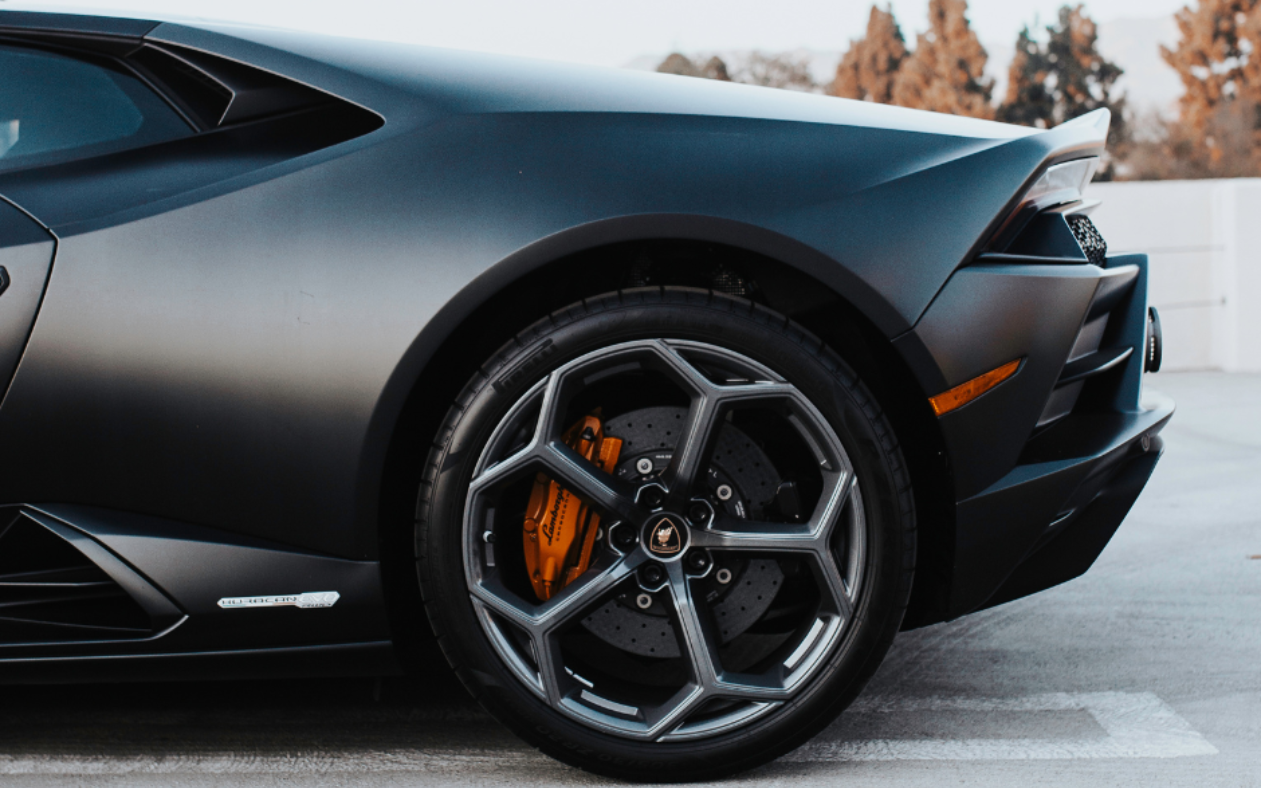
Protect Your Car with Professional PPF Installation Today
Understanding the paint protection film installation process helps you prepare properly and set realistic expectations for your investment. From initial assessment through final curing, each step contributes to long-term protection and appearance that preserves your vehicle's value.
Professional installation ensures your PPF performs as intended while maintaining the flawless appearance you expect. Ready to protect your vehicle with professional paint protection film installation? Get your quote today and discover how PPF can preserve your car's appearance for years to come.
Frequently Asked Questions
How long does paint protection film installation take?
Installation timeframes depend on coverage area and vehicle complexity. Partial coverage may take several hours, while comprehensive applications can require multiple days. Professional installers provide specific timelines during consultation based on your vehicle and selected coverage areas.
Can I wash my car immediately after installation?
No, the film needs time to cure properly. Most installations require waiting 24-48 hours before washing, and some films need longer curing periods depending on weather conditions. Your installer will provide specific care instructions for the curing period.
What preparation does my vehicle need before installation?
Vehicles need thorough cleaning and surface preparation for optimal film adhesion. This typically includes washing, decontamination, and sometimes paint correction. Even new vehicles often require preparation to remove dealer prep residue or transport film adhesive.
Will I be able to see the film after installation?
Professional paint protection film installation should be virtually invisible when completed properly. High-quality films and expert installation techniques ensure the protection doesn't affect your vehicle's appearance while providing comprehensive paint protection.
What warranty comes with professional installation?
Warranty coverage varies by installer and film manufacturer. Professional shops typically provide installation warranties along with manufacturer film warranties. Discuss specific warranty terms during consultation to understand what protection your investment includes.

